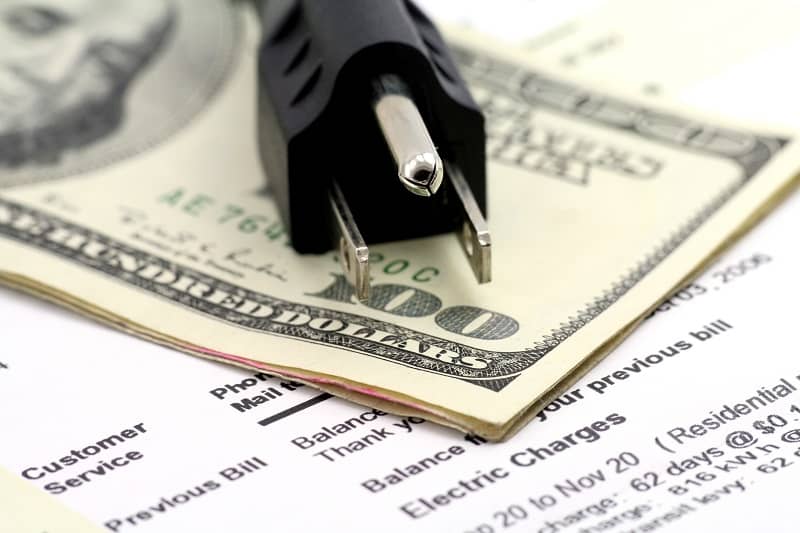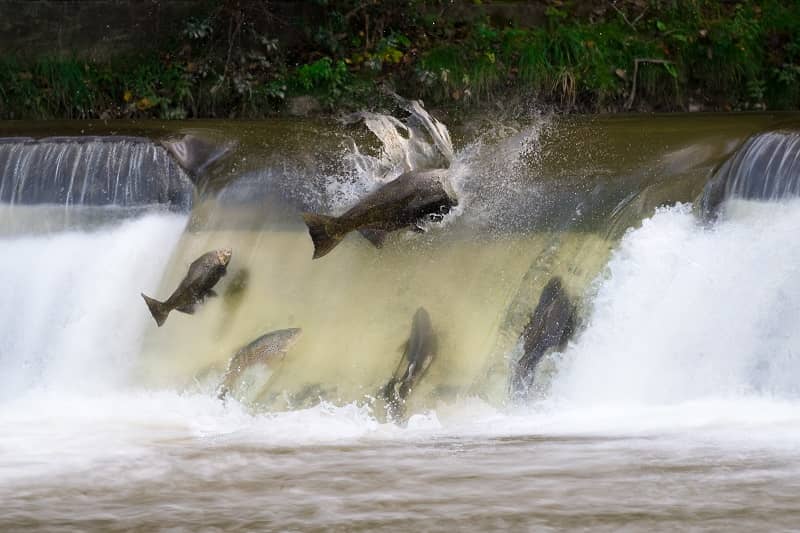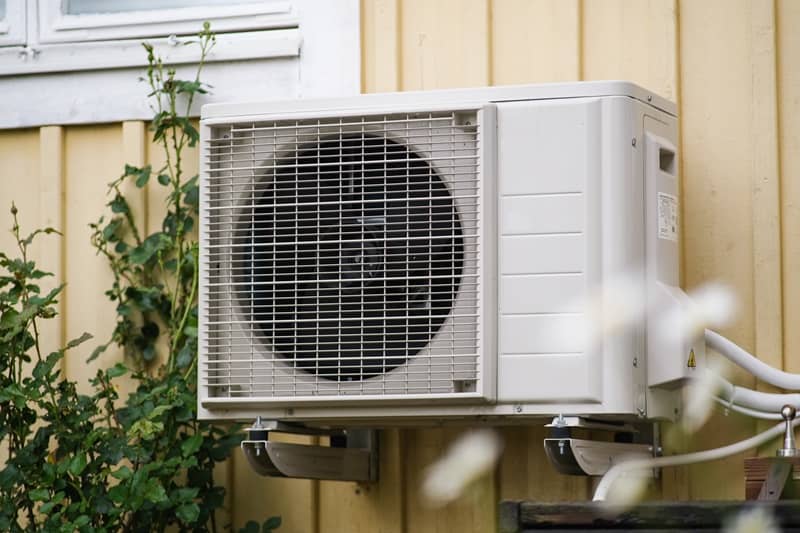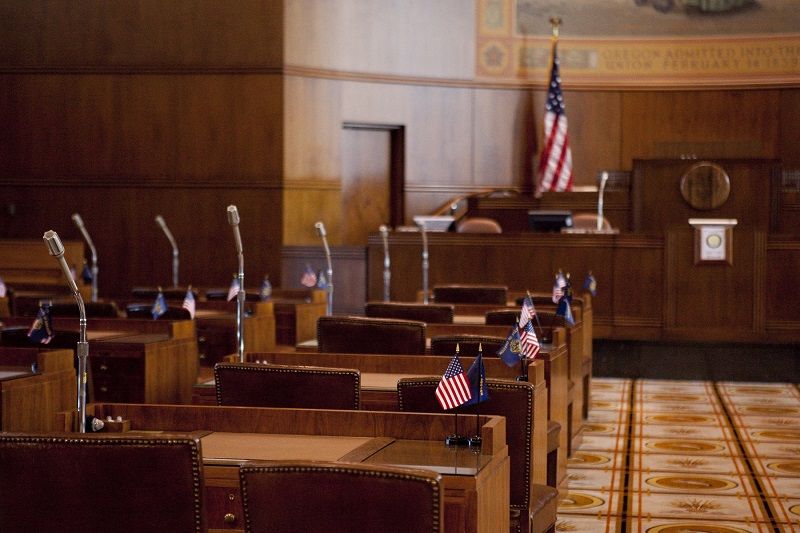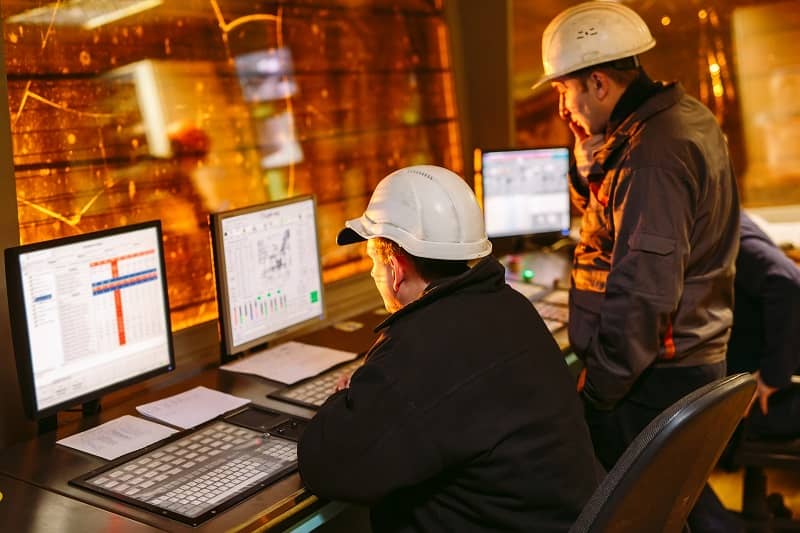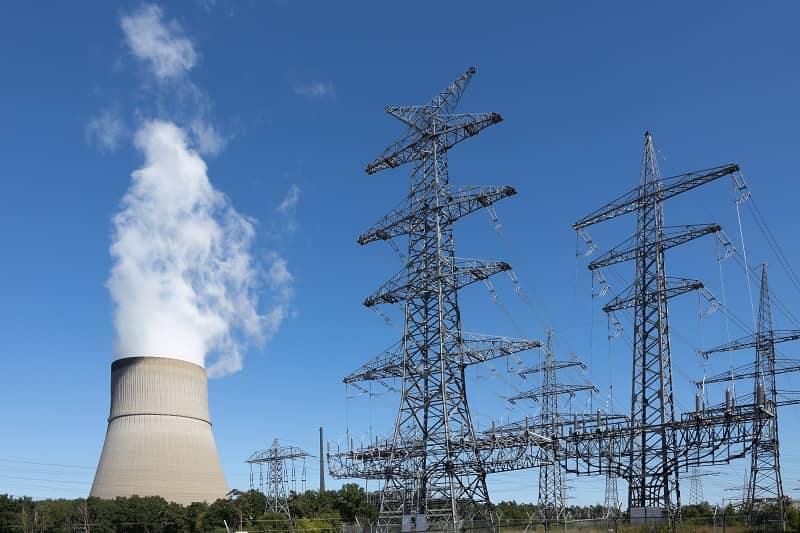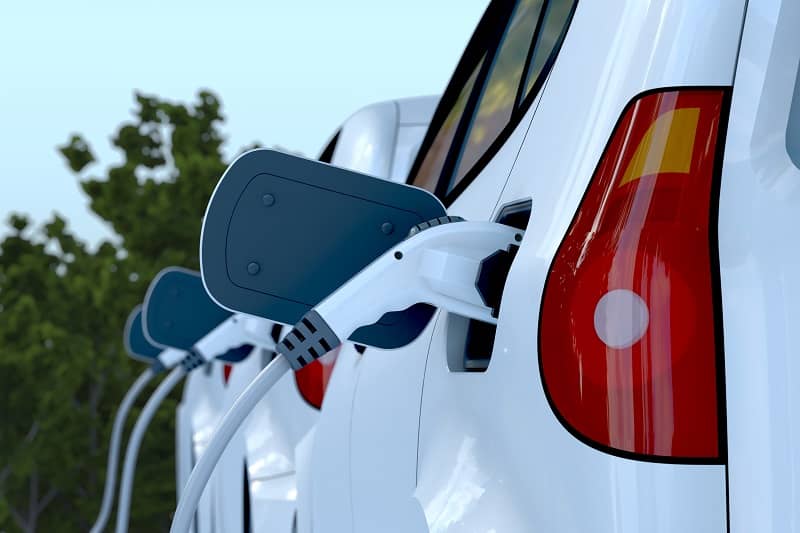

Click the play button to hear the audio commentary
Why are Governor Ted Kulongoski and the Oregon Legislature spending millions of dollars pursuing what could prove to be carbon-emitting energy? While Oregon’s commercialization of wind power may appear to be carbon-free, it can bring a hidden carbon footprint.
Because of the unreliable nature of wind power, running a backup energy source is necessary at times when wind is forecasted to generate electricity but fails to do so. While wind is unreliable, demand for electricity is constant. Backup sources must remain running to compensate for any spikes in demand and lulls in wind generation. In many areas, this backup energy source, which is generating emissions but no electricity, comes in the form of carbon-emitting fossil fuels such as coal or natural gas.
In the Pacific Northwest, this back-up energy source has been hydroelectricity. This means that wind power is not actually offsetting carbon emissions, but trading one renewable resource for another instead. The Bonneville Power Administration, the federal power authority for the Pacific Northwest, has announced that hydropower may no longer be able compensate for wind’s unreliability, and that BPA is considering utilizing fossil fuel plants as a backup source in addition to other strategies.
Although wind power may seem to reduce carbon emissions, wind power’s unreliable nature makes these carbon reduction claims questionable. Politicians in Oregon should stop funding wind farms that will effectively create more carbon emissions or simply displace hydropower, a carbon-free energy source.

